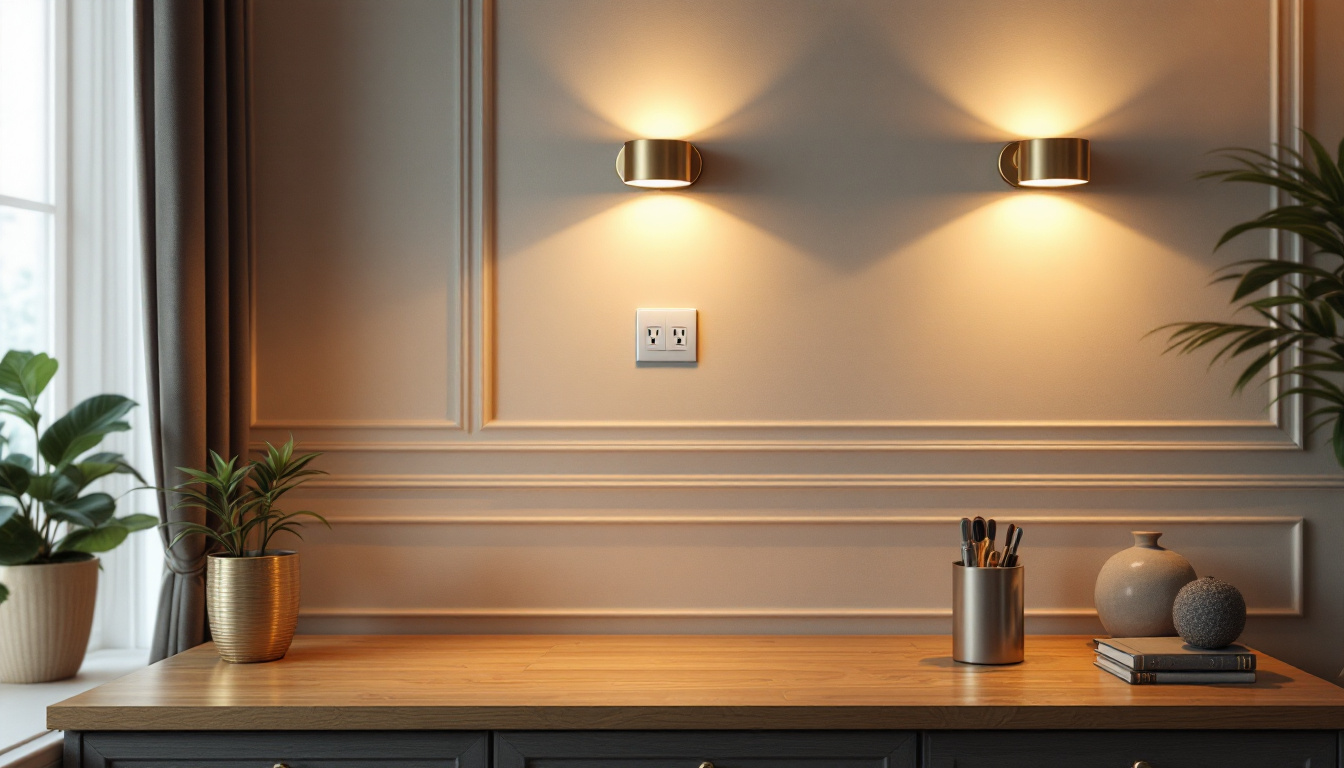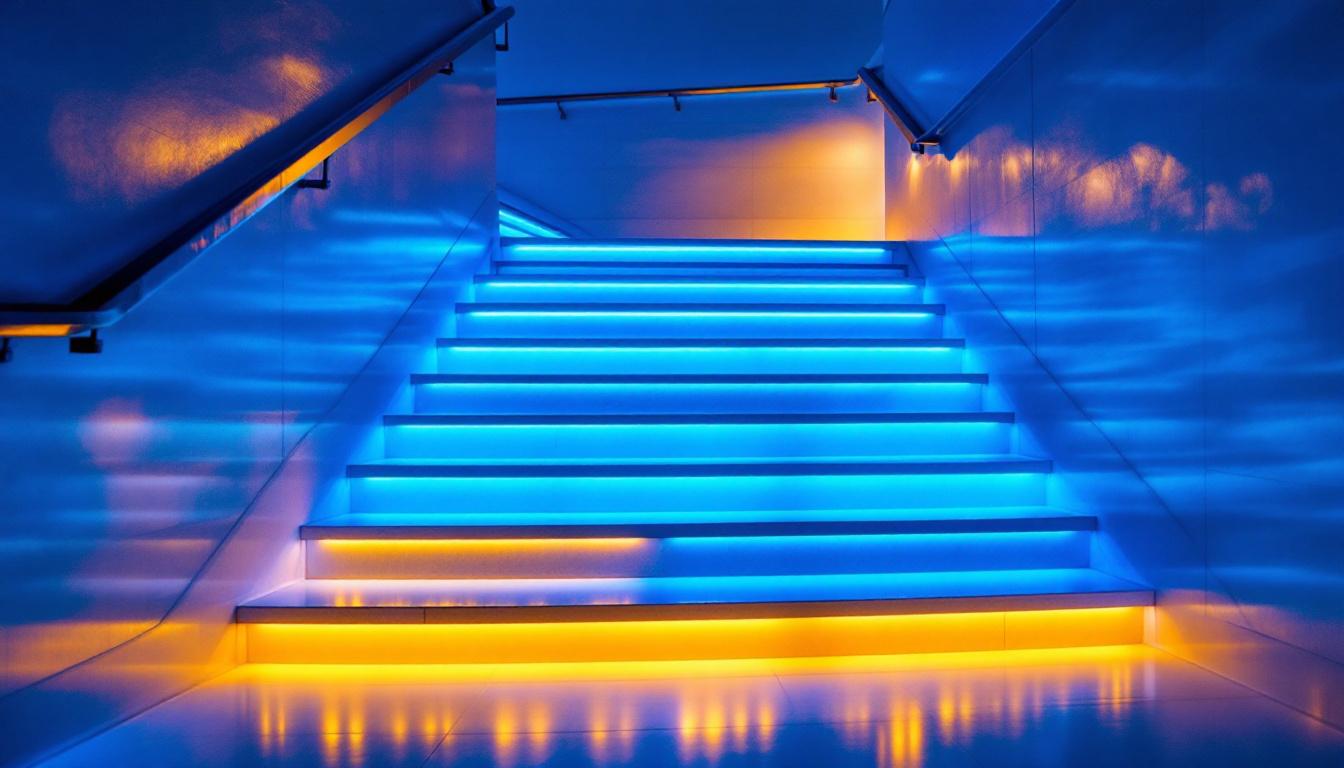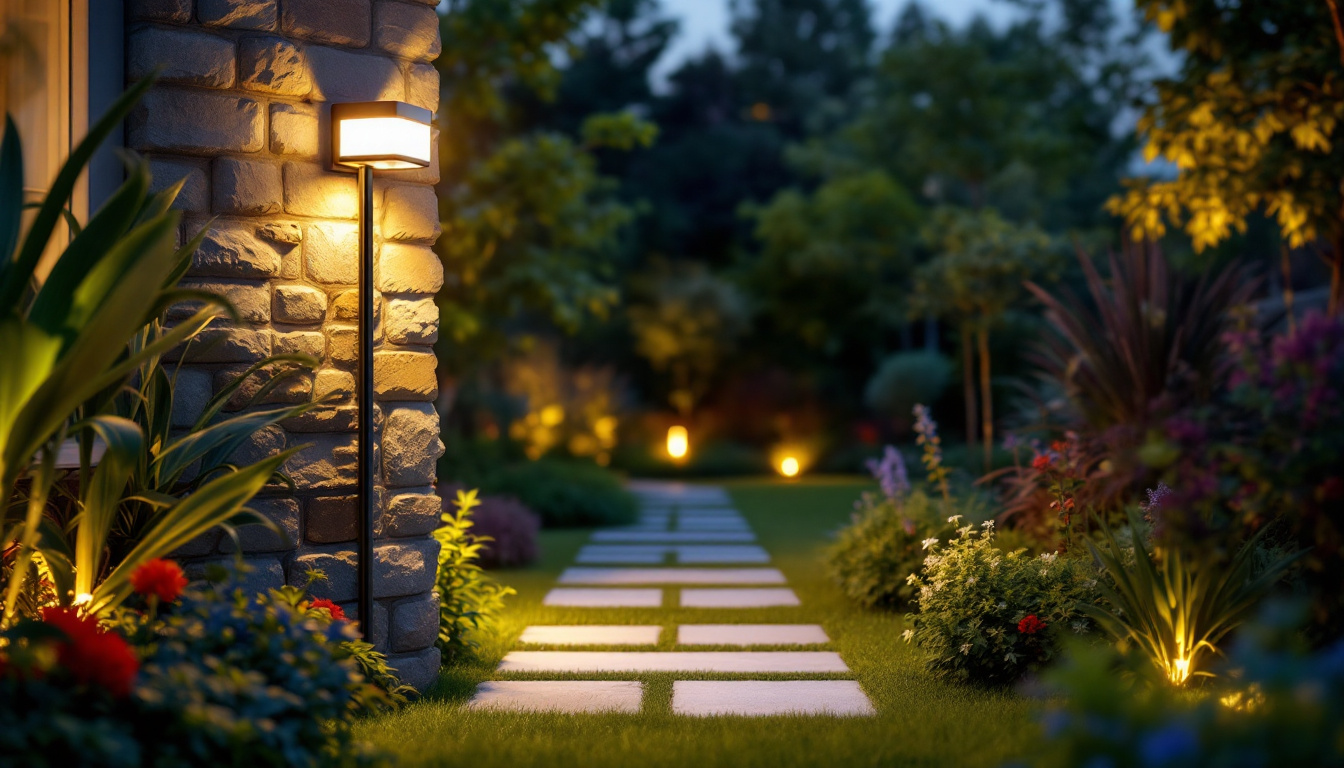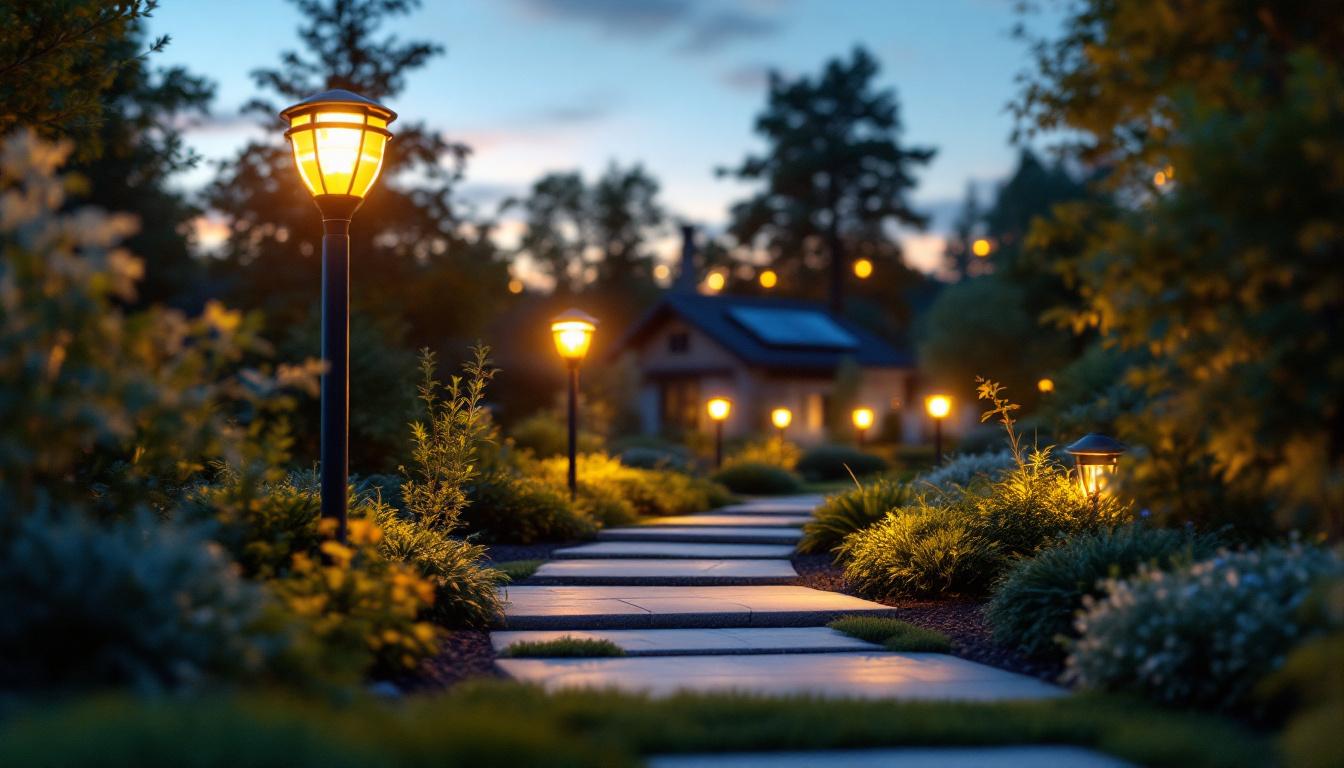
Lighting contractors play a crucial role in ensuring that residential and commercial spaces are well-lit, safe, and aesthetically pleasing. One of the key components in this process is the selection and installation of bulbs, particularly Type B bulbs. This article serves as a comprehensive checklist for lighting contractors, detailing essential considerations, installation guidelines, and maintenance tips for Type B bulbs.
Type B bulbs, commonly known as bi-pin bulbs, are characterized by their two-pin base, making them versatile for various applications. They are often used in fixtures such as recessed lighting, under-cabinet lights, and decorative fixtures. Understanding the specifications and features of Type B bulbs is essential for contractors to make informed decisions.
Type B bulbs come in various wattages, color temperatures, and lumens output. Typically, they range from 10 to 20 watts, with color temperatures varying from warm white (2700K) to daylight (5000K). The choice of color temperature can significantly affect the ambiance of a space, making it imperative for contractors to understand client preferences. For instance, a warm white light can create a cozy, inviting atmosphere, perfect for residential settings, while cooler daylight tones are often preferred in workspaces to enhance focus and productivity.
Additionally, the lumens output indicates the brightness of the bulb. A higher lumen count means a brighter light, which is crucial for spaces that require adequate illumination, such as kitchens and offices. Contractors should consider the layout and purpose of the space when selecting the appropriate lumen output. For example, in a kitchen, where tasks like chopping and cooking are performed, a higher lumen output is beneficial, whereas, in a bedroom, a softer light may be more desirable for relaxation.
Type B bulbs are versatile and can be used in various settings. In residential spaces, they are ideal for accent lighting, providing a warm glow in living rooms and bedrooms. In commercial environments, they are often used in track lighting and display cases, enhancing product visibility and creating an inviting atmosphere. Their adaptability makes them suitable for both modern and traditional decor styles, allowing them to seamlessly integrate into diverse design schemes.
Moreover, their compact design allows for installation in tight spaces, making them a popular choice for under-cabinet lighting in kitchens. This not only improves functionality by illuminating work surfaces but also adds a stylish touch to the overall kitchen design. Additionally, Type B bulbs are increasingly being favored for their energy efficiency, as many options are now available in LED formats, providing long-lasting performance while reducing energy costs. Understanding these applications helps contractors recommend the best solutions to their clients based on specific needs, ensuring that both aesthetics and functionality are achieved in every project.
When selecting Type B bulbs, contractors should follow a systematic checklist to ensure they meet all necessary criteria. This checklist not only streamlines the selection process but also enhances client satisfaction by ensuring the right choices are made.
The first step in selecting Type B bulbs is to determine the required brightness for the space. This involves calculating the total lumens needed based on the size of the area and the intended use. For instance, a kitchen may require around 300-400 lumens per square meter, while a living room may need about 150-200 lumens per square meter.
Contractors should also consider the existing light sources in the area. If there are other light fixtures, the total lumens from all sources should be balanced to avoid overly bright or dim conditions. Furthermore, it is beneficial to take into account the color of the walls and furnishings, as these can affect how light is perceived in a space. Lighter colors reflect more light, potentially allowing for lower lumen requirements, while darker colors absorb light, necessitating higher lumens for adequate illumination.
Color temperature plays a significant role in setting the mood of a space. Warm white bulbs (2700K-3000K) create a cozy atmosphere, making them suitable for living rooms and bedrooms. In contrast, cooler temperatures (4000K-5000K) are ideal for workspaces and kitchens, promoting alertness and focus.
Understanding the client’s preferences and the purpose of the space is essential in making the right choice. Contractors should present options and explain the effects of different color temperatures to help clients make informed decisions. Additionally, it may be useful to consider the time of day when the space will be used most frequently. For example, a warm light might be preferred in the evening to create a relaxing environment, while a cooler light could be more suitable during the day when productivity is key.
Not all fixtures are compatible with Type B bulbs. It is crucial to assess the fixture’s specifications, including wattage limits and bulb base type. Contractors should ensure that the selected Type B bulb fits securely in the fixture and does not exceed the maximum wattage rating.
Additionally, some fixtures may require specific types of bulbs for optimal performance. For example, dimmable fixtures require compatible dimmable bulbs. Contractors should always check the fixture’s guidelines to avoid installation issues. It’s also important to consider the design and aesthetic of the fixture; the shape and style of the bulb can impact the overall look of the lighting scheme. A well-chosen bulb not only serves its functional purpose but can also enhance the visual appeal of the space, making it a key consideration in the selection process.
Proper installation is vital for ensuring the longevity and efficiency of Type B bulbs. Following a set of installation guidelines can help contractors avoid common pitfalls and ensure a successful setup.
Before beginning the installation process, safety should be the top priority. Contractors should turn off the power to the fixture at the circuit breaker to prevent electrical shocks. Using insulated tools and wearing safety gear can further minimize risks during installation.
It is also advisable to check for any signs of damage in the fixture or wiring before proceeding. If any issues are detected, they should be addressed before installation to ensure safety and compliance with electrical codes.
When installing Type B bulbs, contractors should handle the bulbs carefully to avoid breakage. It is essential to insert the bulb into the socket firmly but gently, ensuring it is seated correctly. A loose connection can lead to flickering or complete failure of the bulb.
For fixtures that require multiple bulbs, contractors should ensure that all bulbs are of the same type and wattage to maintain uniformity in brightness and color temperature.
After installation, testing the bulbs is crucial to ensure they function correctly. Contractors should restore power and check each bulb for proper operation. If any bulbs flicker or do not light up, they should be removed and inspected for damage or improper installation.
Additionally, it is beneficial to check the overall lighting effect in the space. This allows for adjustments if necessary, ensuring that the client is satisfied with the final result.
Maintaining Type B bulbs is essential for ensuring their longevity and performance. Regular maintenance can prevent issues and ensure that lighting remains effective and efficient.
Dust and debris can accumulate on light bulbs, reducing their brightness and efficiency. Contractors should recommend regular cleaning of Type B bulbs to maintain optimal performance. A soft, dry cloth can be used to gently wipe the surface of the bulb, ensuring that it is free from dust.
For fixtures that are difficult to reach, contractors may suggest using a long-handled duster or a vacuum with a brush attachment to safely remove dust without risking damage to the bulbs.
Flickering or dimming lights can indicate underlying issues, such as loose connections or faulty bulbs. Contractors should advise clients to monitor their lighting and report any irregularities. Prompt attention to these issues can prevent further complications and ensure a safe environment.
If flickering occurs, contractors should check the connections and the compatibility of the bulbs with the fixtures. Replacing bulbs that are nearing the end of their lifespan can also help maintain consistent lighting.
Establishing a replacement schedule for Type B bulbs can help ensure that lighting remains consistent and effective. While the lifespan of these bulbs varies based on usage and quality, contractors can recommend replacing bulbs every 1-2 years as a general guideline.
Keeping track of when bulbs were installed can help contractors provide timely reminders to clients, ensuring that they are never left in the dark due to burnt-out bulbs.
Type B bulbs are an essential component of effective lighting solutions for both residential and commercial spaces. By following this comprehensive checklist, lighting contractors can ensure that they select, install, and maintain these bulbs effectively. Understanding the specifications, applications, and maintenance requirements of Type B bulbs not only enhances the quality of service provided to clients but also contributes to the overall success of lighting projects.
In an industry where quality and efficiency are paramount, having a structured approach to working with Type B bulbs can set contractors apart. By prioritizing safety, compatibility, and maintenance, contractors can foster long-lasting relationships with clients and ensure satisfaction in every project.
Ready to elevate your lighting projects with the highest quality Type B bulbs at unbeatable prices? Look no further than LumenWholesale. Our selection of spec-grade lighting products is designed to meet the needs of discerning contractors like you. With our direct-to-contractor approach, you’ll enjoy superior lighting without the inflated markups. Plus, with free shipping on bulk orders, you can stock up on all the lighting essentials you need while keeping your costs down. Don’t compromise on quality or value—choose LumenWholesale for your next project and experience the perfect blend of quality, affordability, and convenience. Visit us today at Wholesale Lighting at the Best Value and light up your work with confidence.

Discover how strategic electrical outlet placement can transform your lighting design.

Discover expert insights on selecting and installing indoor LED lights for stairs, tailored specifically for lighting contractors.

Discover how outdoor LED motion sensor lights are revolutionizing lighting design and installation.

Discover the transformative impact of outdoor solar panel lights through compelling real-world success stories.